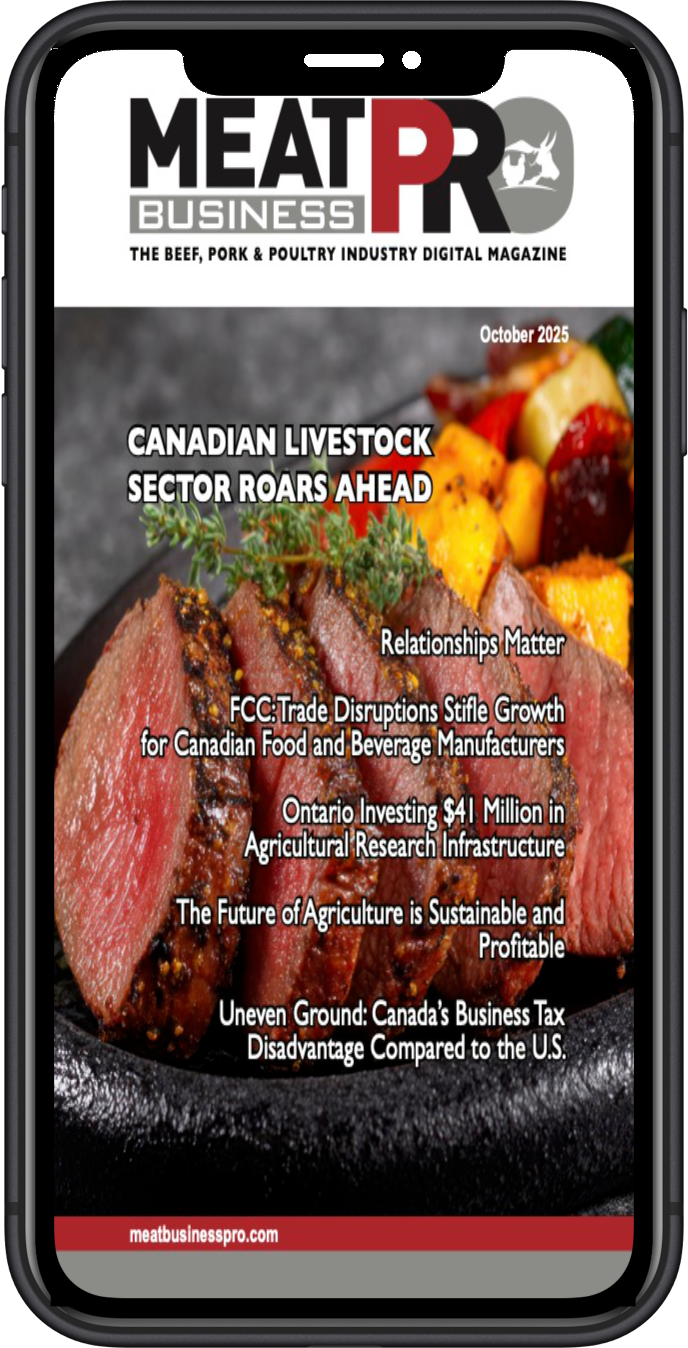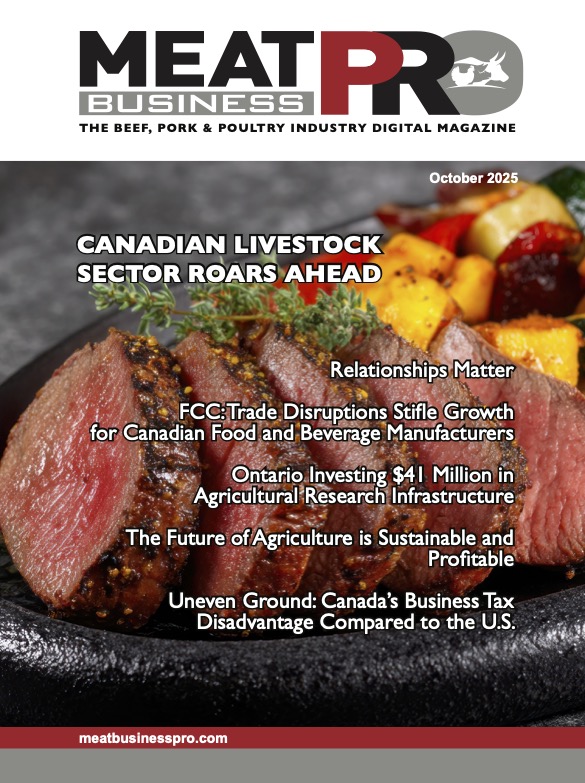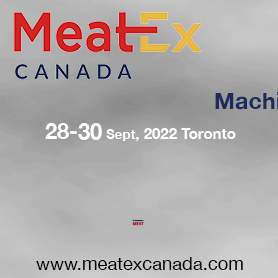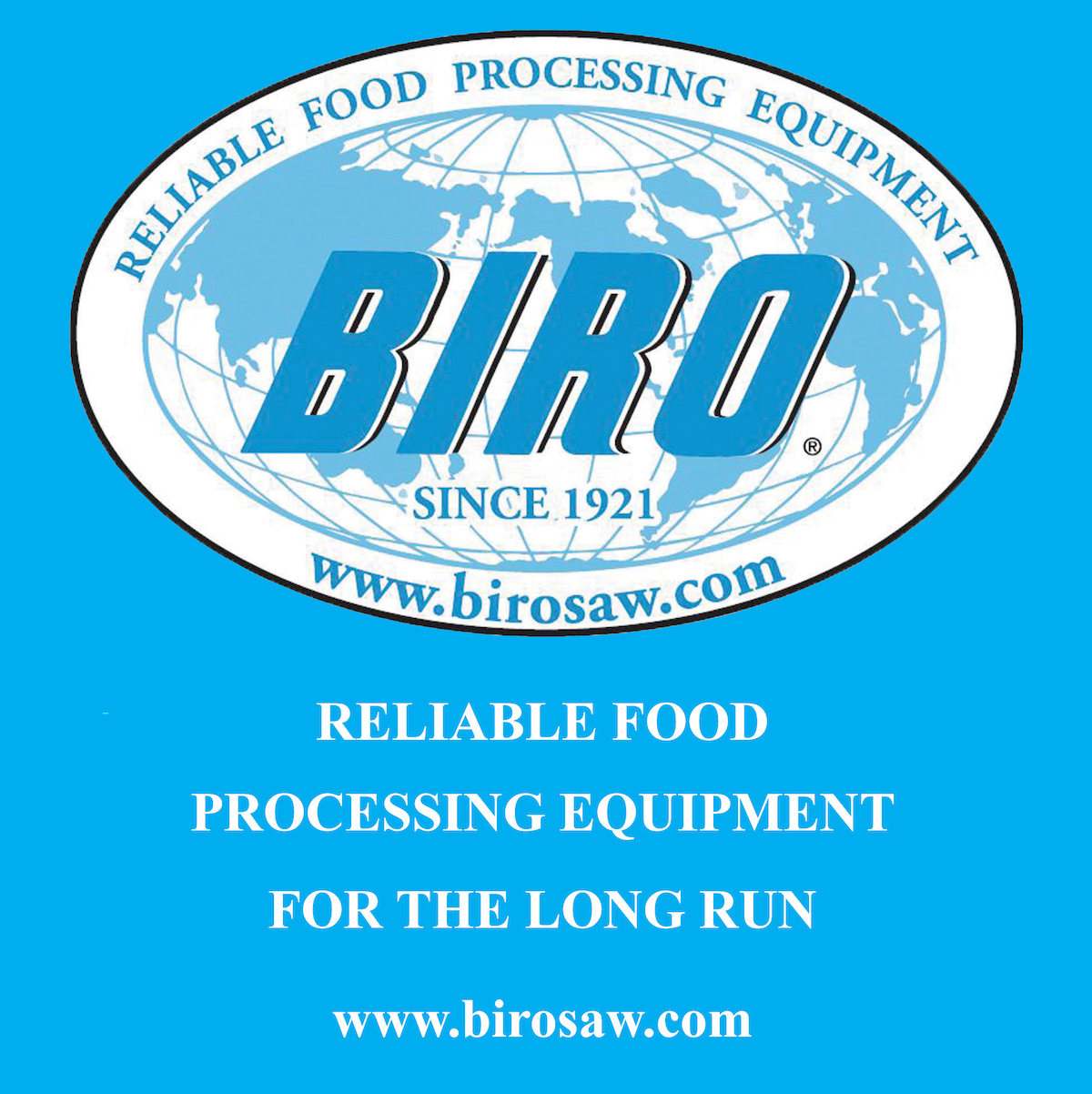Charlebois: Trump’s economic chaos isn’t a side effect – it’s strategy
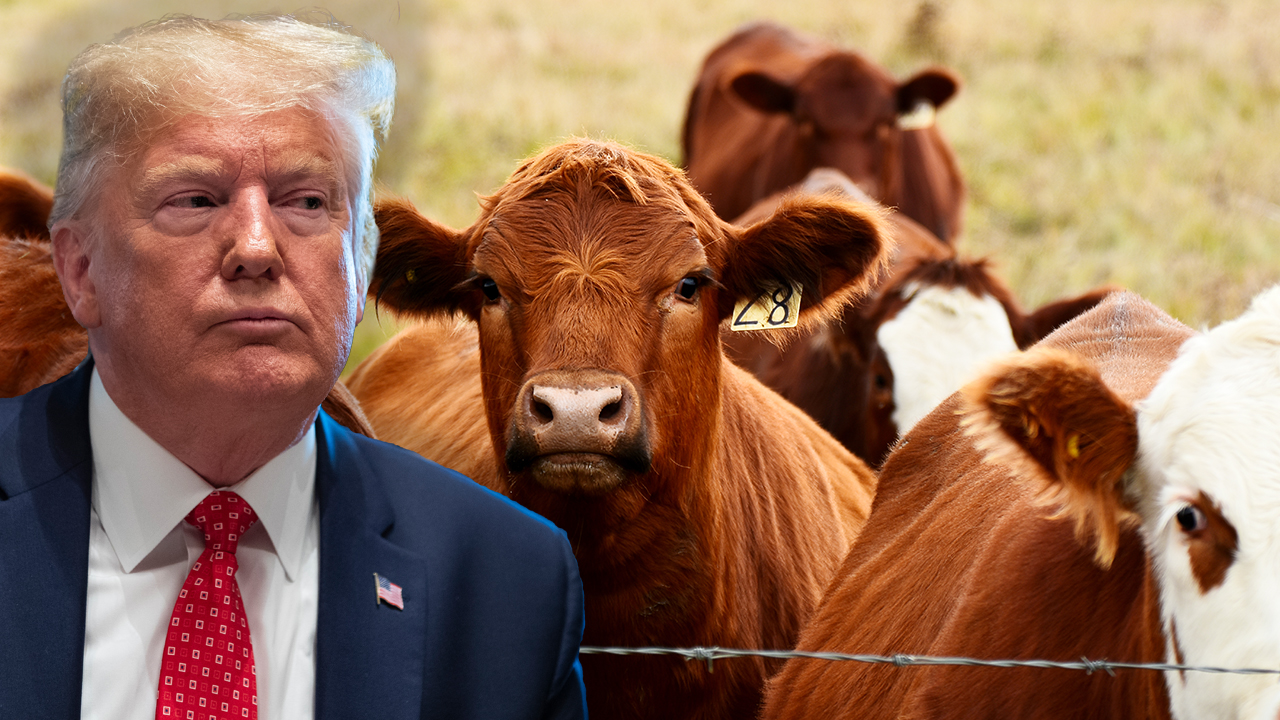
Trump’s tariffs and deglobalization agenda could crush Canada’s agri-food sector and Ottawa must respond before it’s too late
What if the dismantling of the global economy isn’t a side effect but the very point of Donald Trump’s agenda?
Now in his second term multilateral trade frameworks, imposing aggressive tariffs and sowing uncertainty across global supply chains. He is deliberately attempting to rewire the global economy around the United States. It’s a high-risk strategy, but one that could prove devastatingly effective at
reasserting American economic dominance while letting the rest of the world grapple with the fallout, including skyrocketing food prices and disrupted agricultural markets.
With Prime Minister Mark Carney calling a federal election for April 28, the stakes for Canada are immediate and high. Ottawa will soon have to decide how to respond to a shifting global food and trade order driven not by cooperation, but by raw power.
While many in the West view Trump’s actions as reckless, even irrational, there’s reason to believe a deliberate playbook lies behind the chaos.
Trump has long criticized trade liberalization and globalization. His views on tariffs aren’t new: they date back more than three decades. And unlike many presidents who have built wealth via globally integrated industries, Trump built his fortune in real estate and media—sectors largely insulated from international competition. That perspective shapes his disdain for multilateralism and his preference for bilateral economic muscle.
Markets have responded accordingly. Since his return concerns over persistent inflation, economic slowdowns and erratic tariff policy. For the food sector, where margins are thin and supply chains complex, this environment has already increased input costs and weakened trade fluidity.
But beyond the noise, Trump appears to be pursuing a form of neo-mercantilism—a 21st-century take on the old economic doctrine that favours high tariffs, trade surpluses and strong state involvement to protect domestic industries and assert national power. His worldview echoes a pre-First World War model, where tariffs—not income tax—funded governments.
He rejects the post-war consensus: a multilateral order shaped by institutions like the World Trade Organization (WTO), International Monetary Fund (IMF) and World Bank, designed to foster global economic interdependence and stabilize food flows and commodity markets.
Instead, he envisions a new economic order centred solely on American leverage. His nostalgic vision of an “American Golden Age” involves reduced reliance on trade, reindustrialization and a consumer-driven economy detached from international obligations.
In this light, what appears to be a self-sabotaging trade strategy could, in fact, be designed to compress global demand, suppress U.S. interest rates and reignite American middle-class consumption while The implications are profound. If global agri-food flows are destabilized in favour of U.S. self-sufficiency, nations like Canada—highly integrated into American supply chains—become uniquely vulnerable. Canada exports more than 50 per cent of its agri-food products, much of it to the U.S., including beef, wheat, canola, lentils and processed food products. Farm equipment, fertilizer inputs and food retail logistics also rely heavily on cross-border networks.
A weakened American dollar might soften some food prices at home, but the overall macroeconomic shock would be severe.
In such a scenario, Canada’s agri-food sector would need to pivot fast: dismantle protectionist barriers, pursue new trade partnerships and invest heavily in domestic food resilience and value-added processing. But more fundamentally, Canada would need to recalibrate its agri-food geopolitical posture.
Ottawa’s recent hesitations—such as protecting an underdeveloped battery sector at the cost of agricultural diplomacy—signal a worrying misalignment. While others assess Trump’s return pragmatically, Canada risks being caught flat-footed, trapped in ideological bias rather than strategic foresight.
Trump’s antagonism toward China only complicates things further. His narrative frames the pandemic not as a global tragedy, but as a geopolitical affront from a communist regime to capitalist hegemony. In that sense, his economic retaliation through tariffs, reshoring and deglobalization may be viewed as a reassertion of U.S. supremacy.
If true, the consequences are not abstract. They will And as Canadians prepare to vote on April 28, the ballot-box question won’t be how to deal with Donald Trump. It will be about how to respond to an evolving global food order, one increasingly shaped by two superpowers: the U.S. and China.
This new agri-food world is not only real, it’s shifting by the day. And those who fail to adapt may find themselves not just behind but left out entirely.
Let’s hope that recognition comes soon.
Dr. Sylvain Charlebois is a Canadian professor and researcher in food distribution and policy. He is senior director of the Agri-Food Analytics Lab at Dalhousie University and co-host of The Food Professor Podcast. He is frequently cited in the media for his insights on food prices, agricultural trends, and the global food supply chain.





